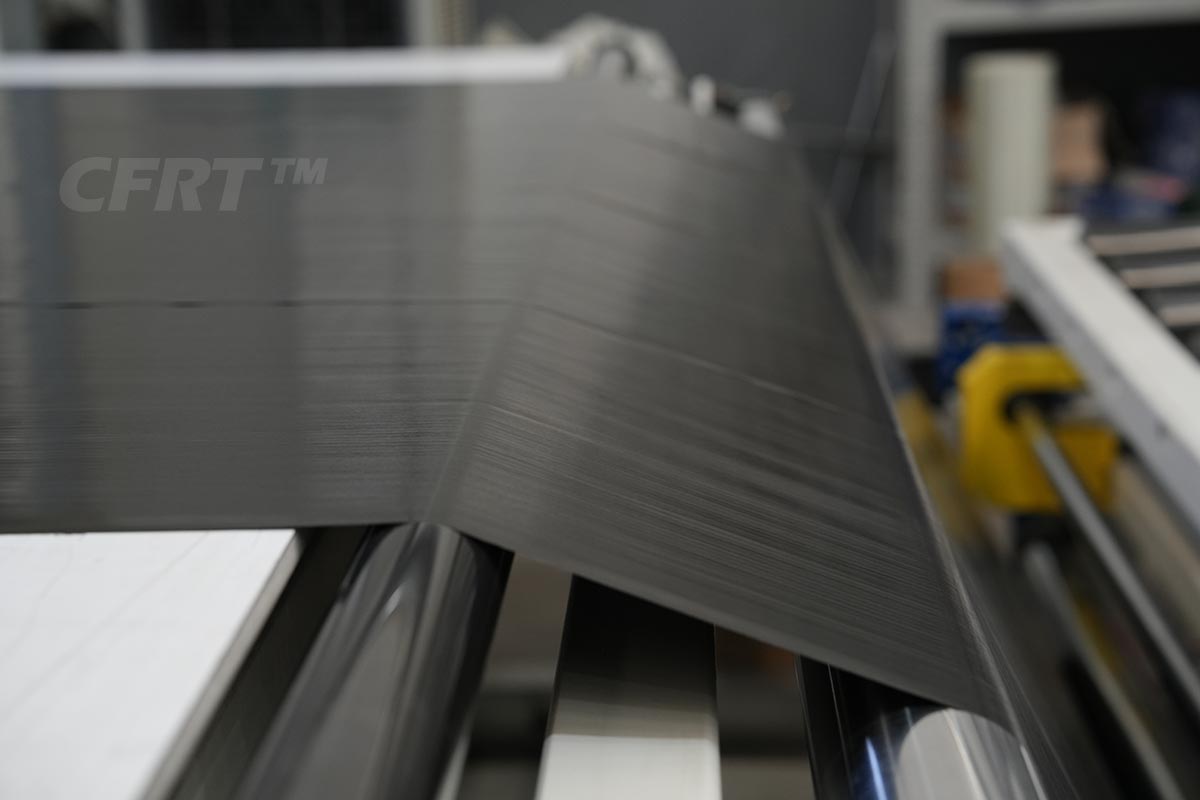
The global CFRT (continuous fiber reinforced thermoplastic) sheet market is entering a period of explosive growth. According to Mordor Intelligence data, the market volume reached 231,140 tons in 2025 and is expected to climb to 348,030 tons by 2030, with a compound annual growth rate of 8.53%. North America currently holds the largest market share, with a 36.19% share. However, the Asia-Pacific region, driven by manufacturing upgrades and the booming new energy industry, has become the fastest-growing core growth market.
Global low-carbon policies are establishing a development framework.
Countries’ carbon neutrality goals are creating growth opportunities for CFRT materials. In the automotive sector, every 100 kg reduction in electric vehicle weight increases driving range by 5%-7% and reduces battery costs. This characteristic strongly resonates with the EU’s 2035 ban on gasoline-powered vehicles and China’s “double credit” policy. In the commercial vehicle sector, Australia’s new carbon emissions regulations, scheduled for implementation in 2026, are driving local automakers to accelerate the replacement of traditional steel bodies. CFRT, with its advantage of being over 30% lighter than steel, perfectly aligns with these policy requirements.
In the renewable energy power generation sector, policy drivers are even more direct: global demand for carbon fiber in the wind power market is projected to reach 190,000-200,000 tons by 2030. As a core material for wind turbine blades, CFRT, with its fatigue resistance and lightweight properties, is a key enabler for the scaling of wind turbines. Furthermore, its recyclability, which meets environmental certification standards such as ISO14000, makes it a key option for companies seeking to circumvent carbon tariffs.
Manufacturing and Recycling Technology Breakthroughs Reduce Costs and Increase Efficiency
The bottleneck of CFRT industrialization is being overcome by two technological breakthroughs: on the production side, compression molding and automated layup technologies have shortened molding cycles to just a few minutes, achieving a 40% efficiency improvement over traditional thermoset composites. On the cost side, optimization of continuous fiber mass production processes has reduced raw material prices by 28% compared to 2019. Combined with the application of additive manufacturing, this further reduces the cost of small-batch customization. Breakthroughs in recycling technology are even more revolutionary. Germany’s DITF Institute has developed highly oriented recycled carbon fiber (rCF) prepreg tape technology, achieving 88% of the tensile strength and modulus of virgin CFRP products while reducing its global warming potential by 49-66%.
Emerging Industries Drive Diverse Demand
The rapid growth of the new energy vehicle (NEV) and hydrogen energy industries has created strong demand for CFRT. In battery pack applications, CFRT can replace aluminum alloy to achieve a 35% weight reduction while improving crash resistance and fire safety. A European automaker has already adopted this solution, increasing battery tray production efficiency by 40%. In the hydrogen fuel commercial vehicle sector, CFRT’s lightweight properties help reduce the size of hydrogen storage systems, meeting the requirements of companies like Weichitong exporting hydrogen-powered waste collection vehicles to Australia. Single-batch orders for such vehicles can reach 450 million RMB, significantly boosting CFRT procurement.
The urban air mobility and robotics industries are opening high-value opportunities. In the eVTOL (electric vertical takeoff and landing aircraft) sector, CFRT’s high specific strength (over 5 times that of steel) and 95% recyclability make it the preferred material for urban air transport vehicles, with a per-square-meter value more than 10 times that of conventional commercial vehicles. In humanoid robotics, CFRT is used for mechanical arms at approximately 6–10 kg per unit, and as the industry scales up, this application is expected to generate a new surge in demand.
Penetration Across All Segments, From High-End to Mass Market
CFRT applications in the transportation sector have already reached diverse applications:
☑ In cold chain logistics, its thermal insulation and corrosion resistance meet the full temperature range requirements of Australian seafood and wine transportation.
☑ In urban distribution, lightweighting cargo truck bodies with CFRT has reduced the energy consumption of light buses by 15%.
☑ CFRT has also demonstrated impressive performance in rail transit and aviation: an Asian manufacturer has used CFRT in train interiors, reducing the weight of each carriage by 300 kg, saving energy equivalent to 25 tons of CO2 emissions annually.
☑ In commercial aircraft manufacturing, CFRT composite materials now account for 50% of the total weight, significantly improving fuel efficiency and flight performance.
